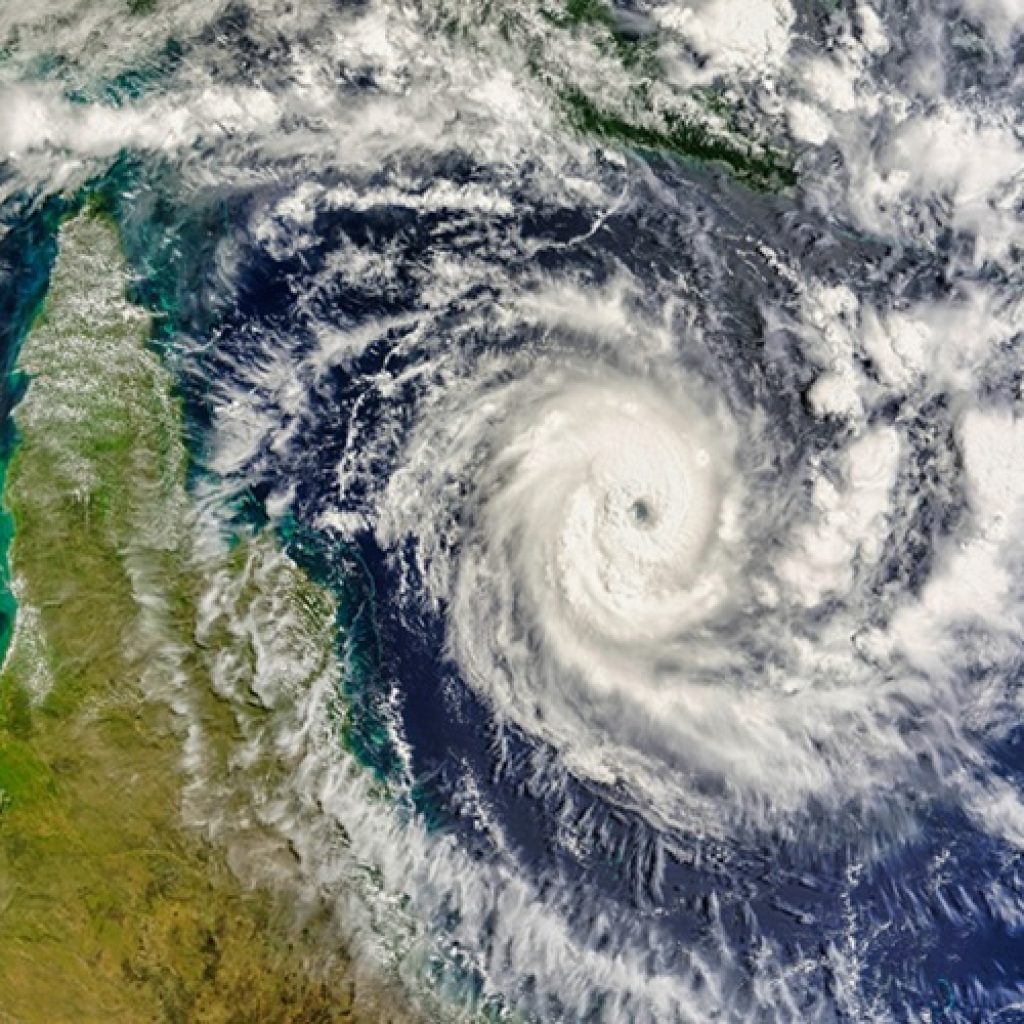WET TROPICS EMERGENCY PREPAREDNESS & RESPONSE PLAN
FROM REACTION TO RESILIENCE
19 November 2025
Terrain NRM has developed a landmark Emergency Preparedness and Response Plan to better protect the Wet Tropics’ globally significant biodiversity and the natural capital that underpins the region’s agricultural industries.
As climate change drives more frequent and severe cyclones, floods, heat events and droughts, the Wet Tropics’ natural assets—its rainforests, waterways, farmlands, ecosystems and species—are becoming increasingly vulnerable.
Past events such as post-Cyclone Larry have shown that clean-ups can be more damaging to habitat that the cyclone itself and prompted calls for better ecological guidance in recovery operations.
Terrain NRM Project Leader Jacqui Diggins said the new Plan responds to a critical gap in Queensland and Australia’s disaster management systems.
“Disaster planning has traditionally focused on protecting people and property, but our natural assets are also vulnerable to natural disasters, and their loss has cascading impacts across the environment, communities and the economy,” she said.
“If we want resilient communities and resilient industries, we need to plan for natural capital with the same rigour we apply to infrastructure.”
Funded by the Australian Government, the Plan was developed as part of a national initiative. Terrain NRM worked closely with local governments, state and federal agencies, FNQROC, the Regional Natural Asset Management Advisory Committee, and a dedicated steering committee including the Queensland Department of Environment, Science and Innovation to ensure the Plan is practical, consistent and aligned with existing disaster management processes.
Mrs Diggins said the development process highlighted several major challenges.
“It became clear that there is no structured framework for determining when and how to consider biodiversity, particularly when impacts aren’t tied to infrastructure,” she said.
“There’s also no consistent state-wide method to prevent unintended environmental harm during recovery—such as weed spread and vegetation damage—and no agreed system for prioritising natural assets, which is essential for targeting resources and guiding recovery efforts.”

Terrain NRM said proactive investment in natural capital protection delivers significant economic benefits while safeguarding irreplaceable ecosystems.
“The Wet Tropics is home to almost 150 nationally threatened species and ecosystems, nearly half of which are restricted to small areas and at risk of rapid decline or extinction from a single major event,” Mrs Diggins said.
“Our regional economy also depends heavily on these natural assets. Protecting them is essential—not optional. While this Plan is a major step forward, long-term resilience will require coordinated investment at state and national levels.”
This project is funded by the Australian Government’s Natural Heritage Trust and delivered by Terrain NRM , a member of the Commonwealth Regional Delivery Partners panel.
RELATED NEWS
Emergency Preparedness & Response Plan
 admin@terrain
admin@terrain
 November 20, 2025
November 20, 2025
Indigenous Bursary Recipient 2025
 admin@terrain
admin@terrain
 September 23, 2025
September 23, 2025
Restoring Daintree River banks
 admin@terrain
admin@terrain
 September 22, 2025
September 22, 2025































